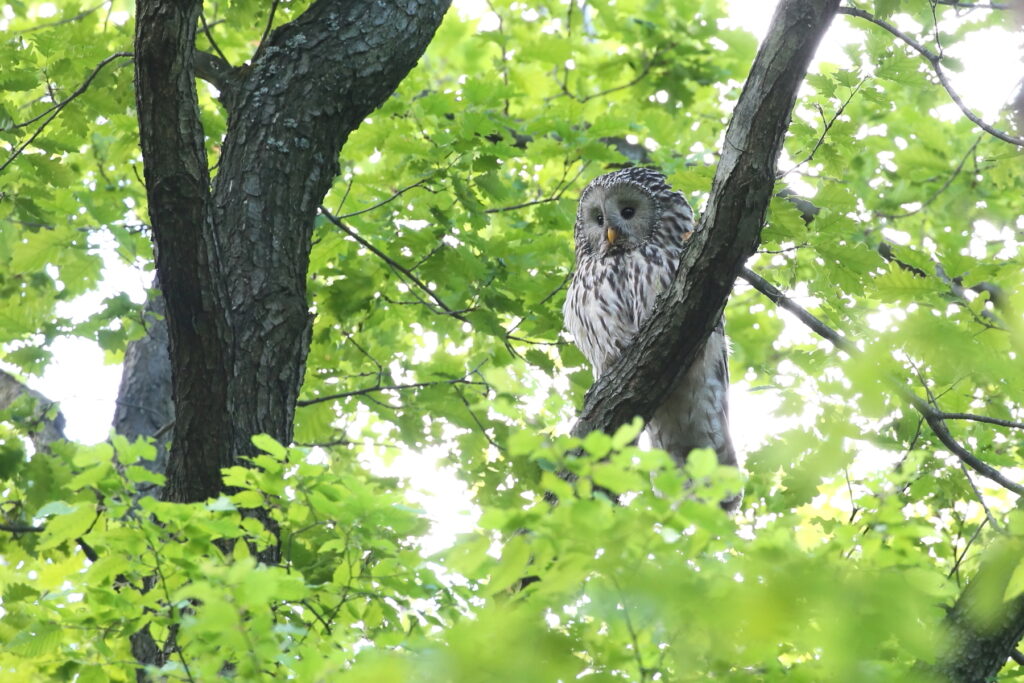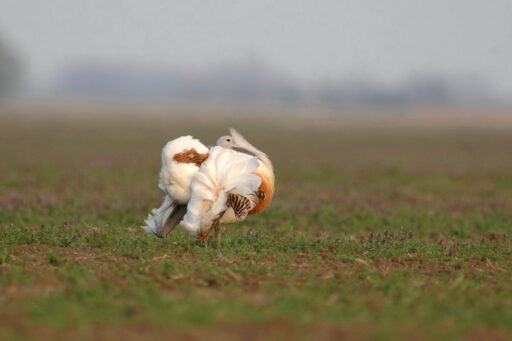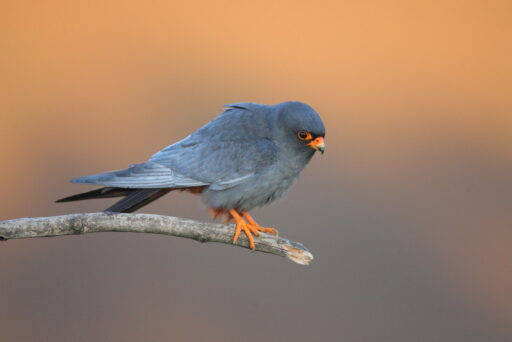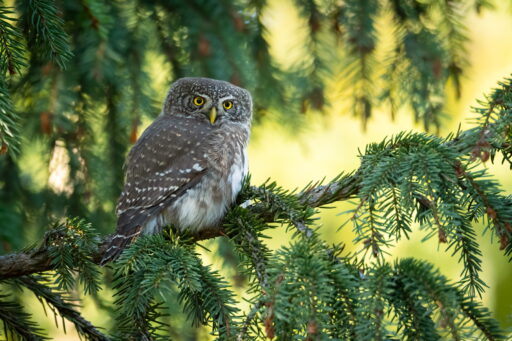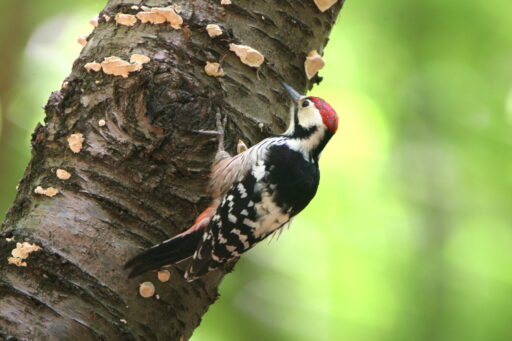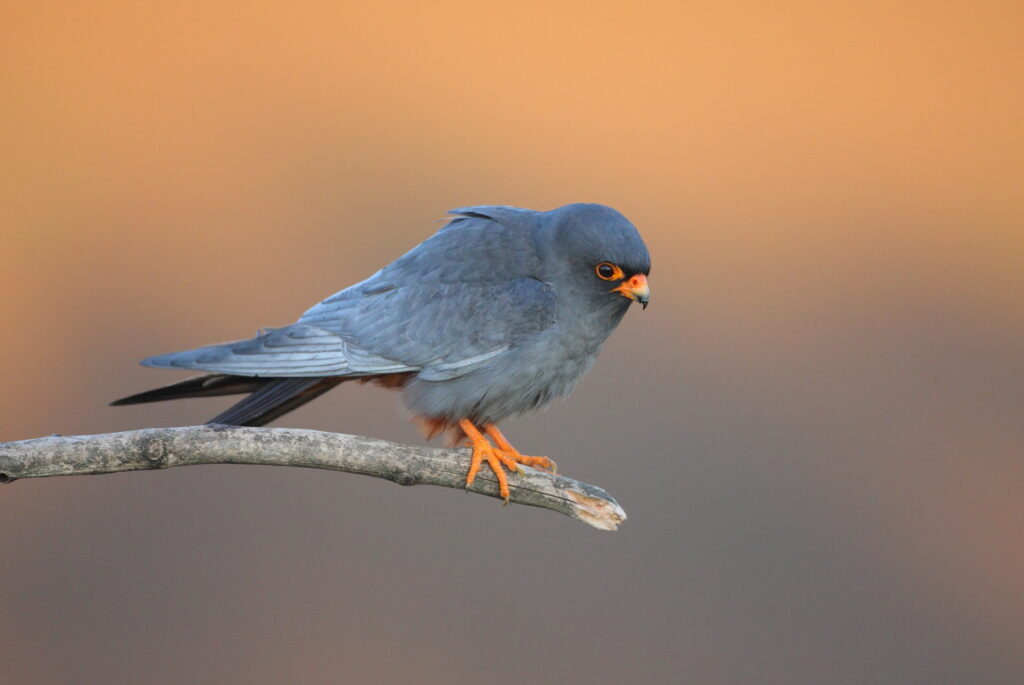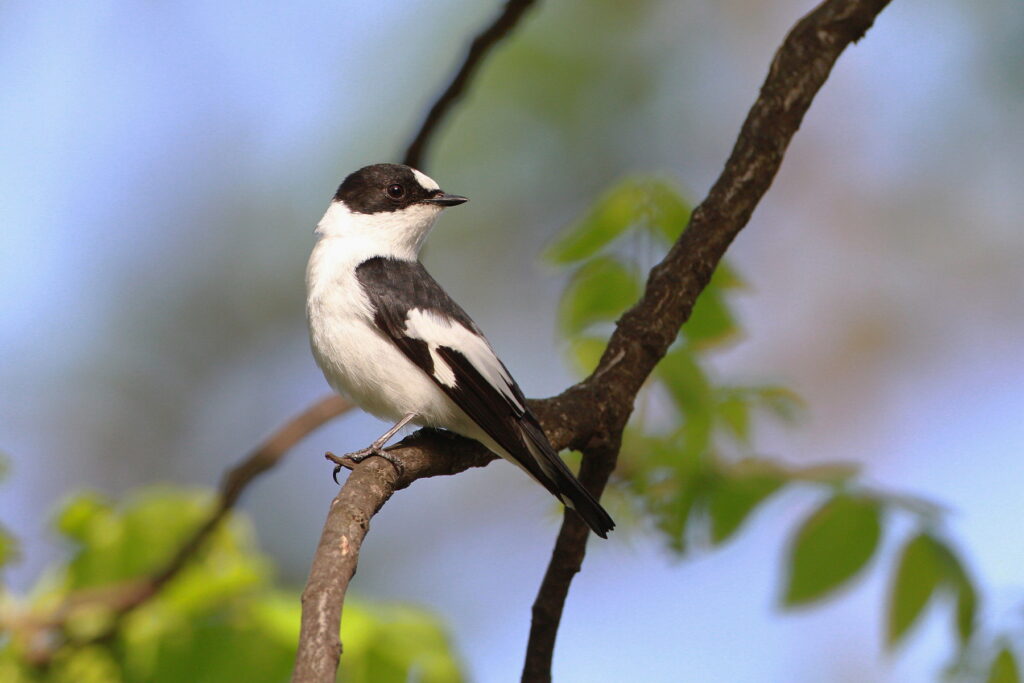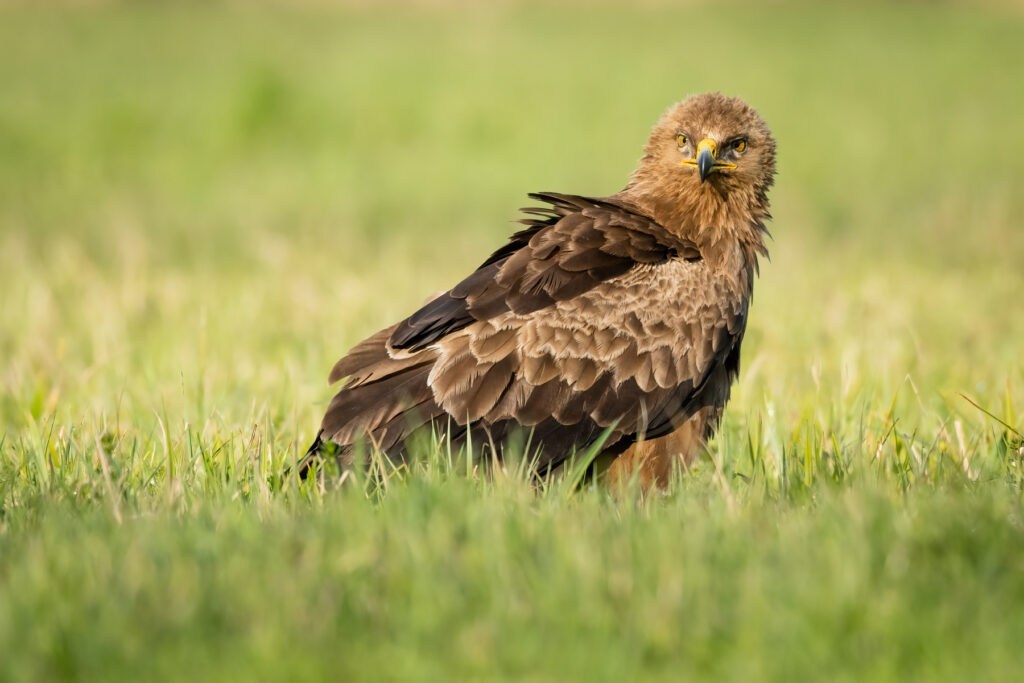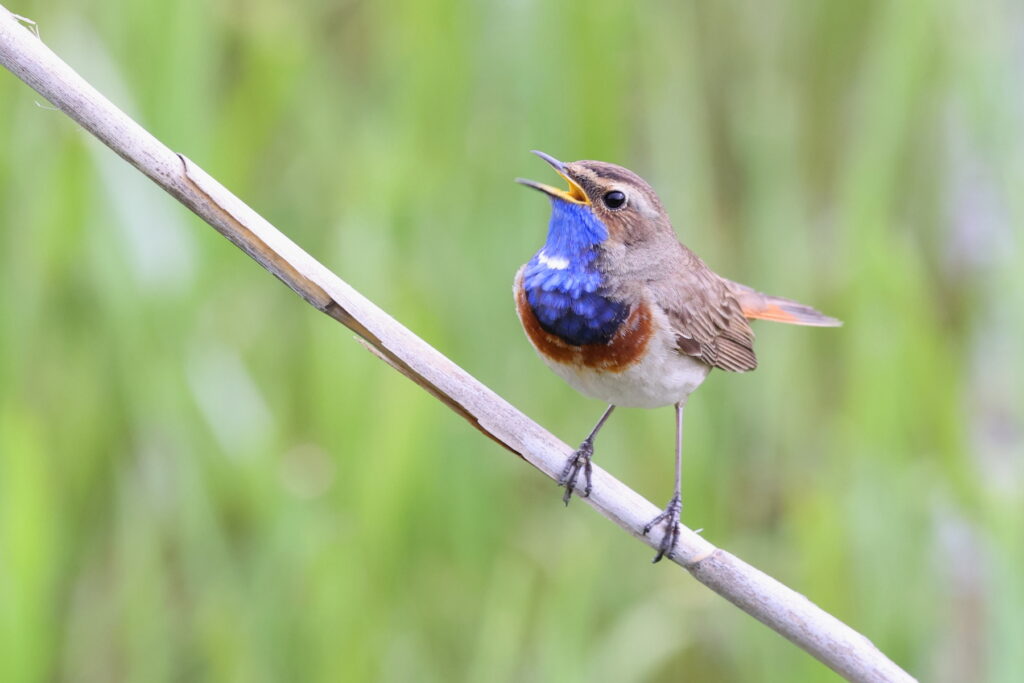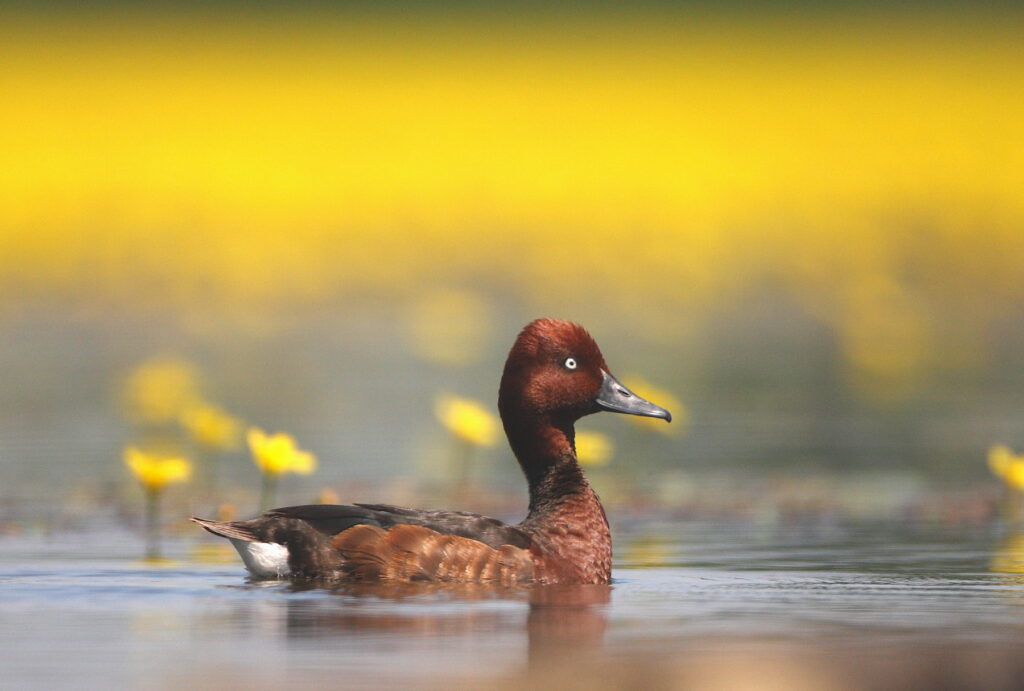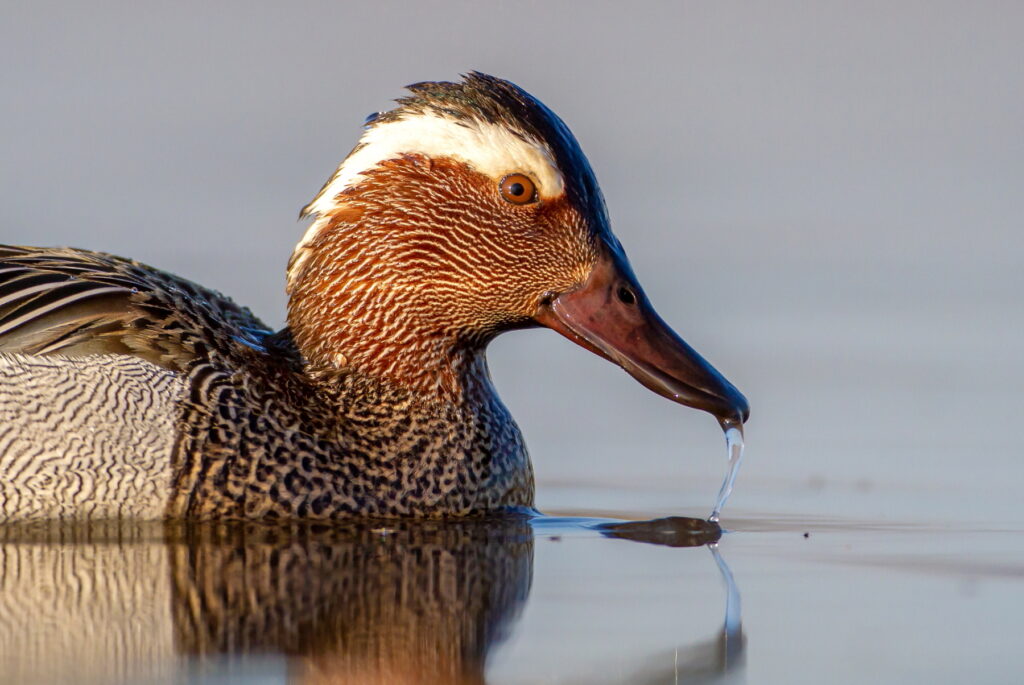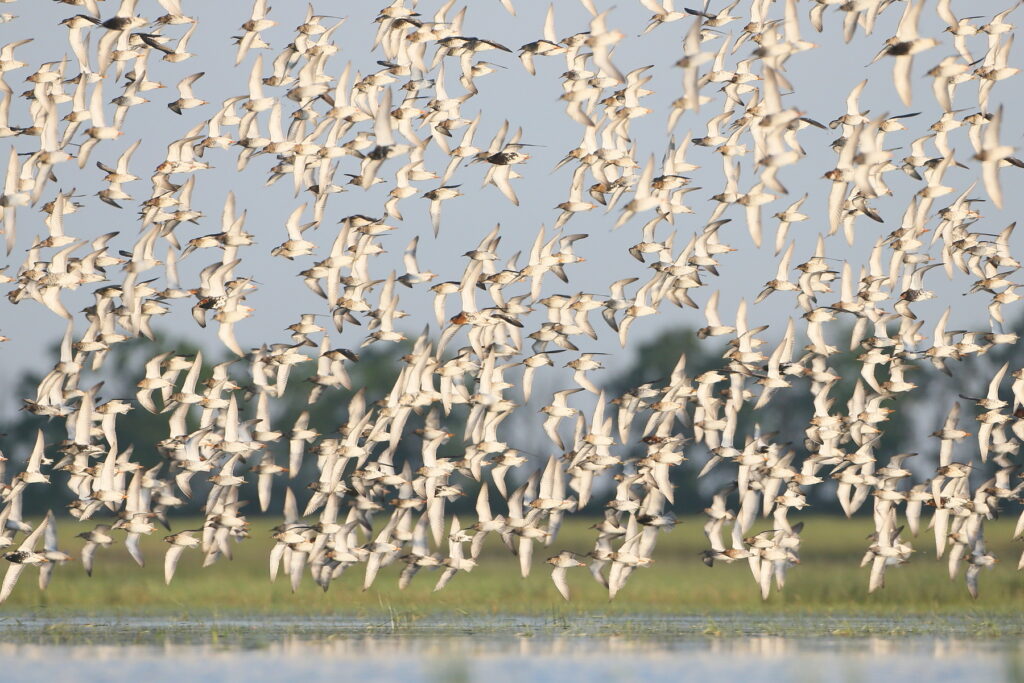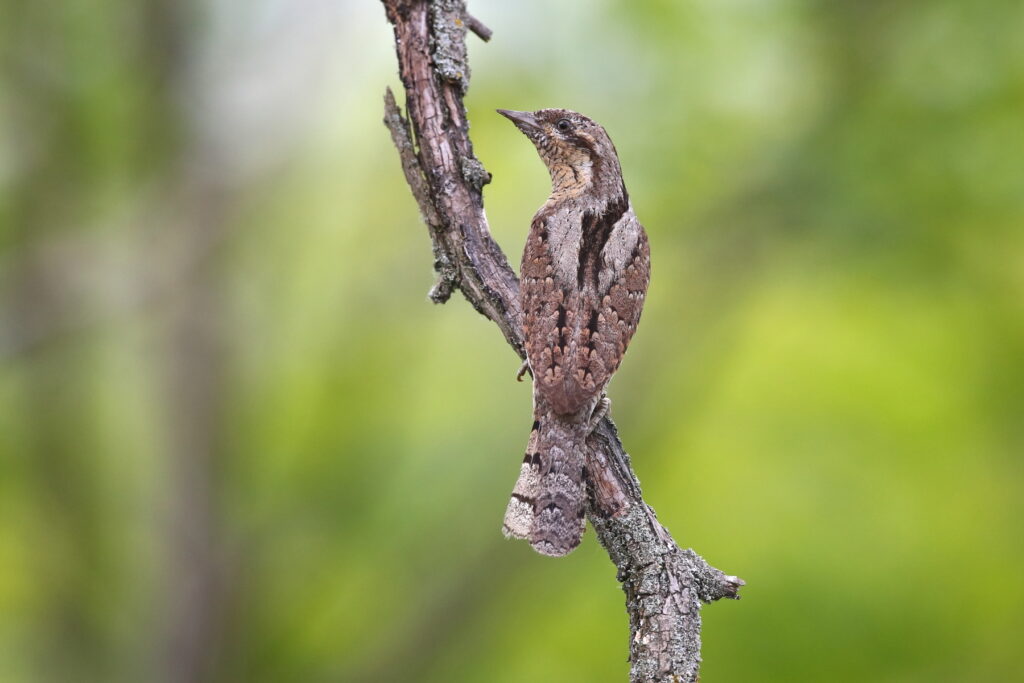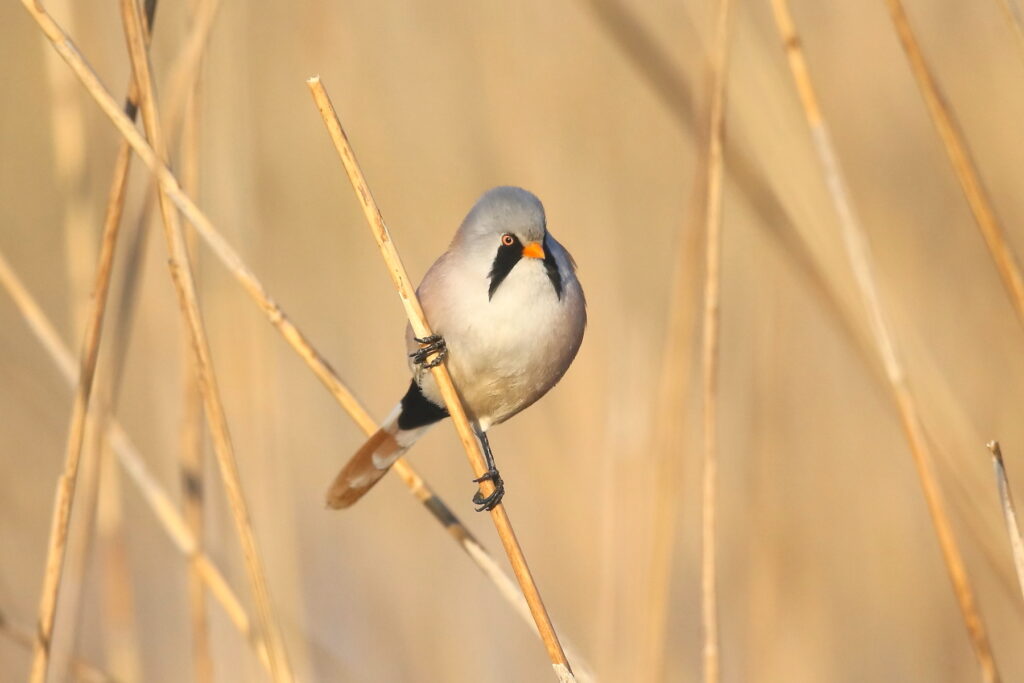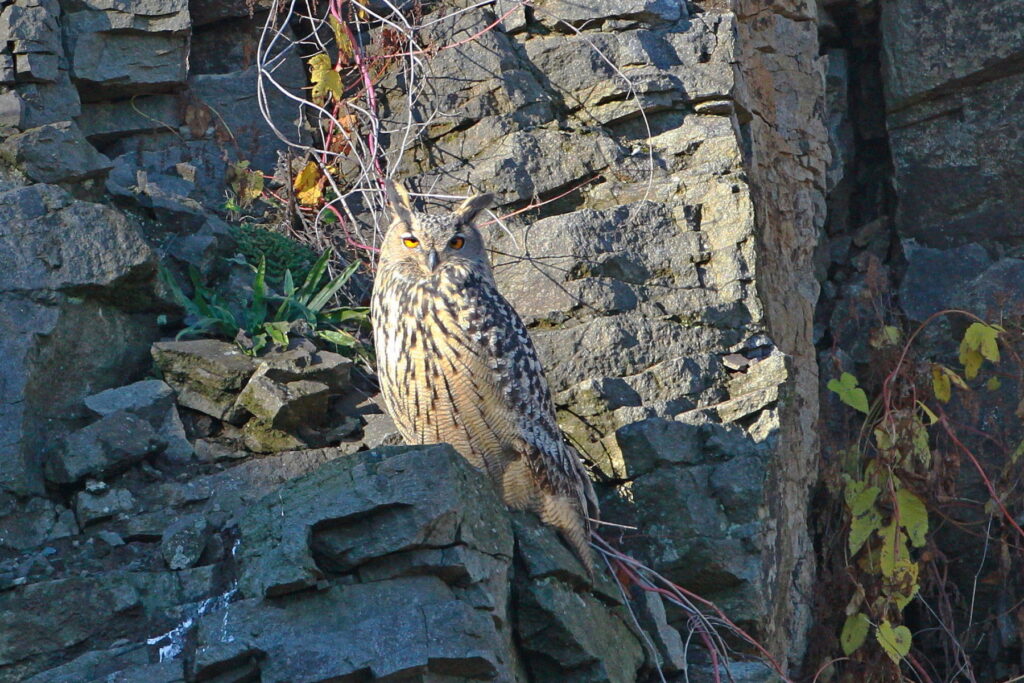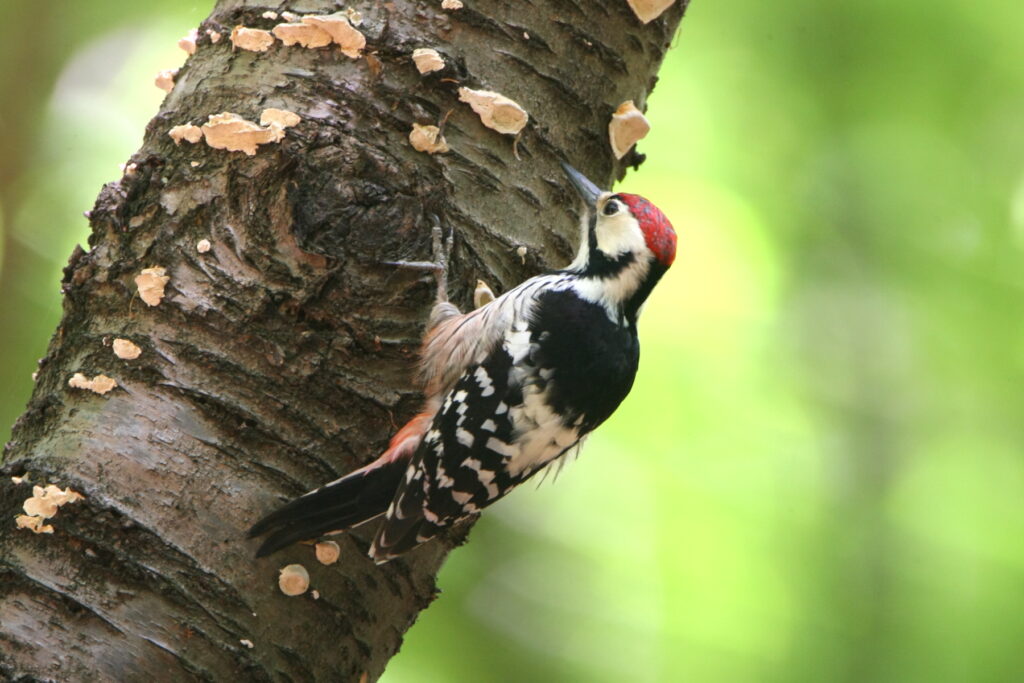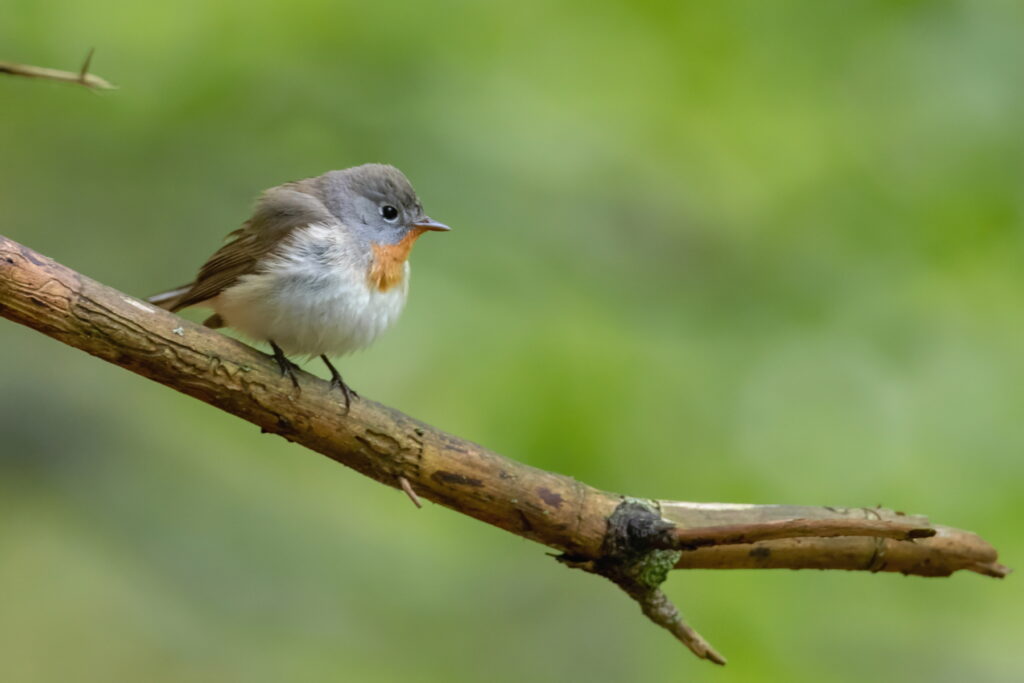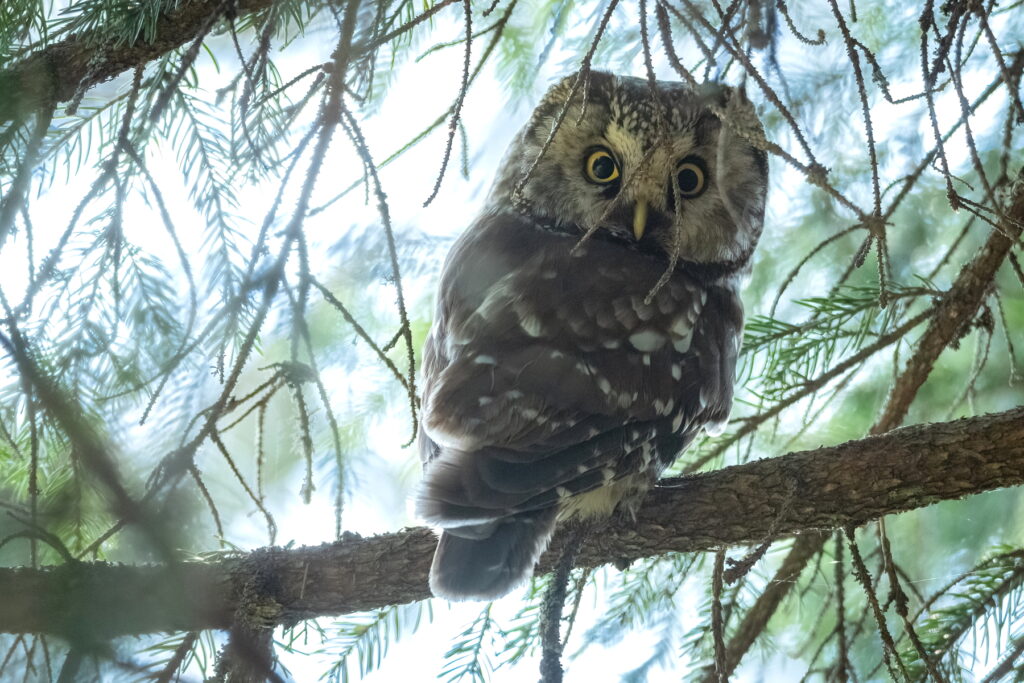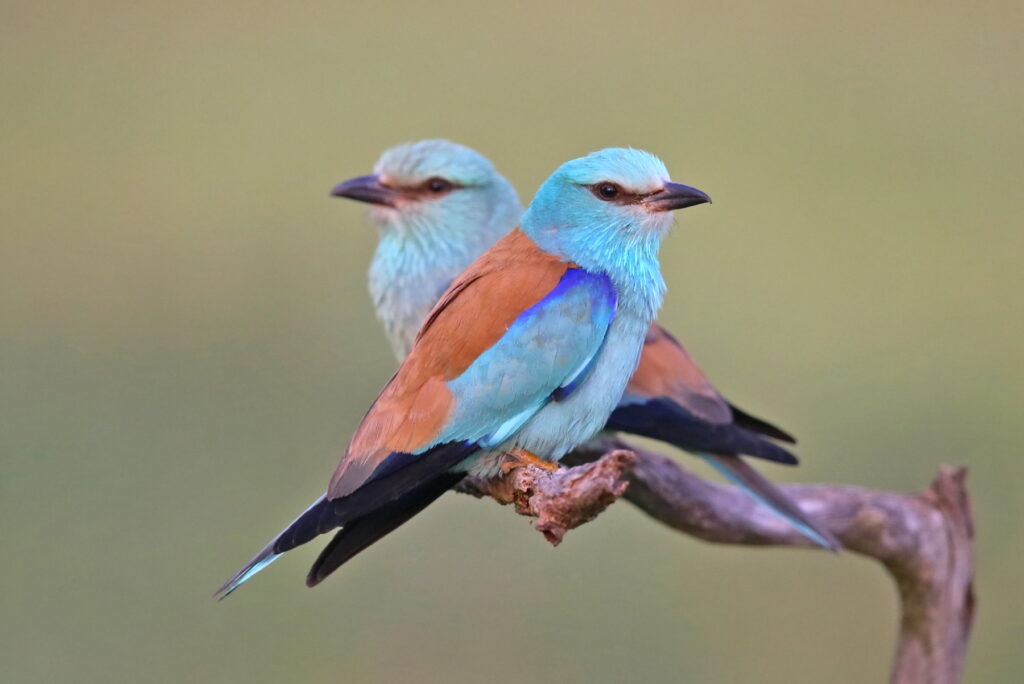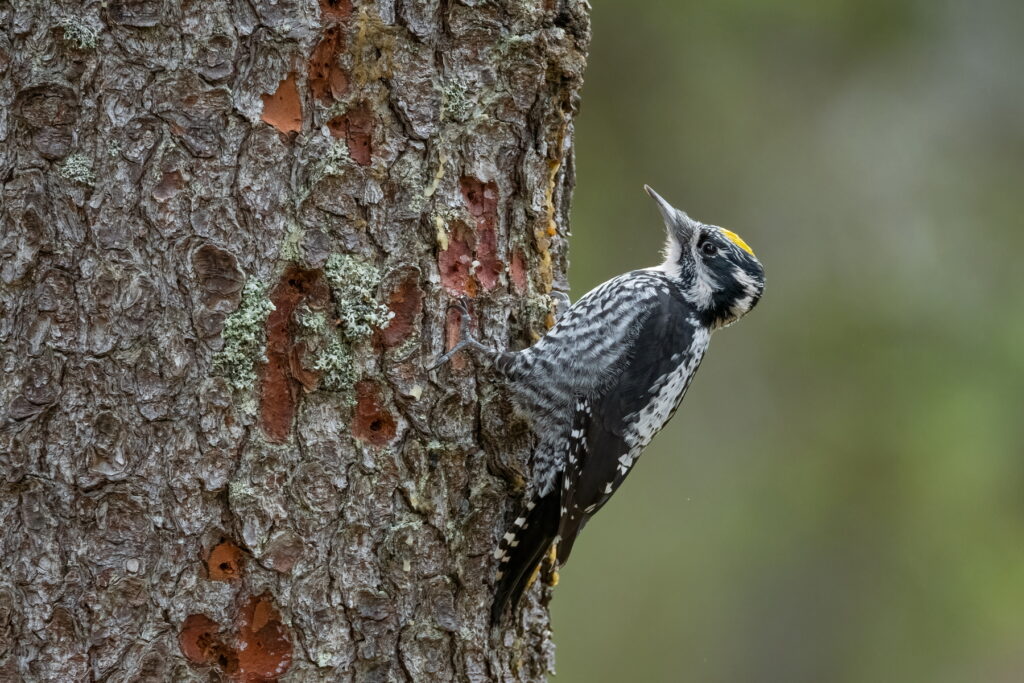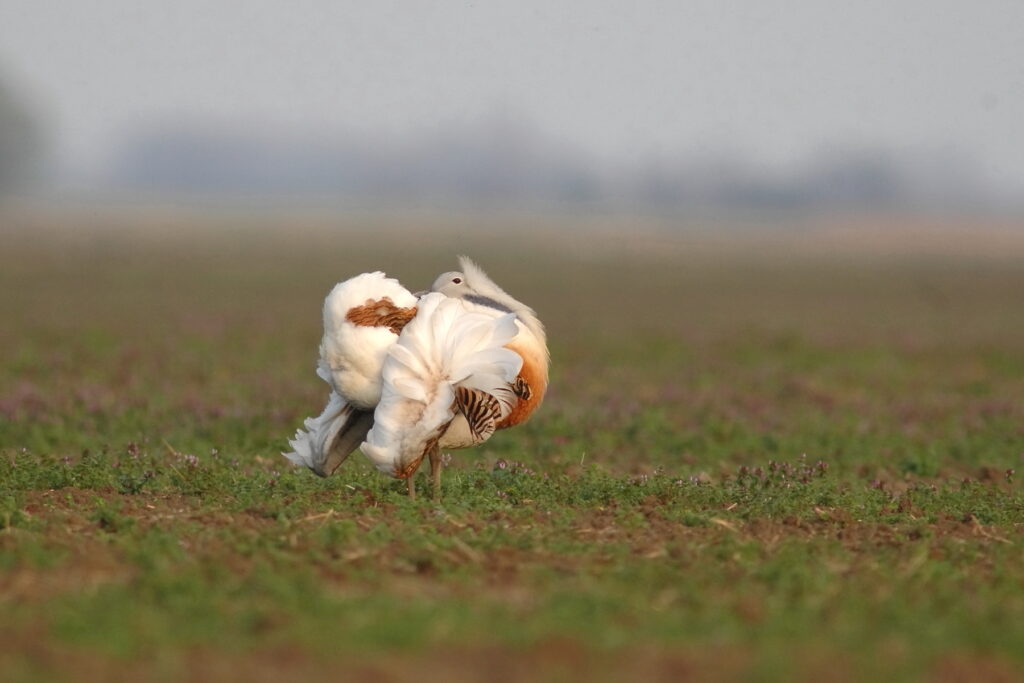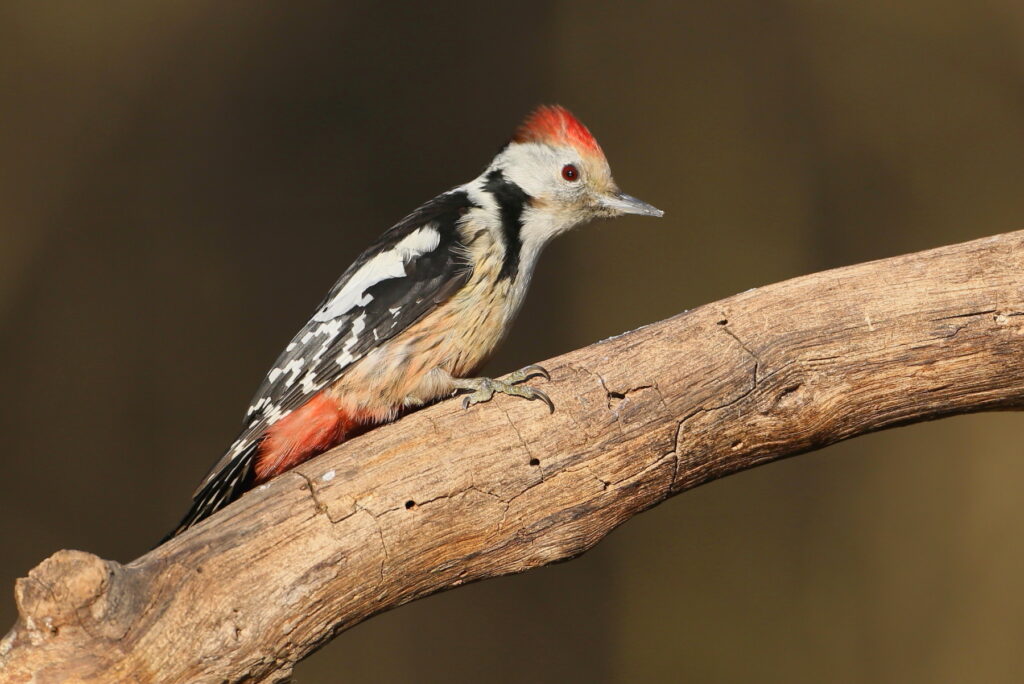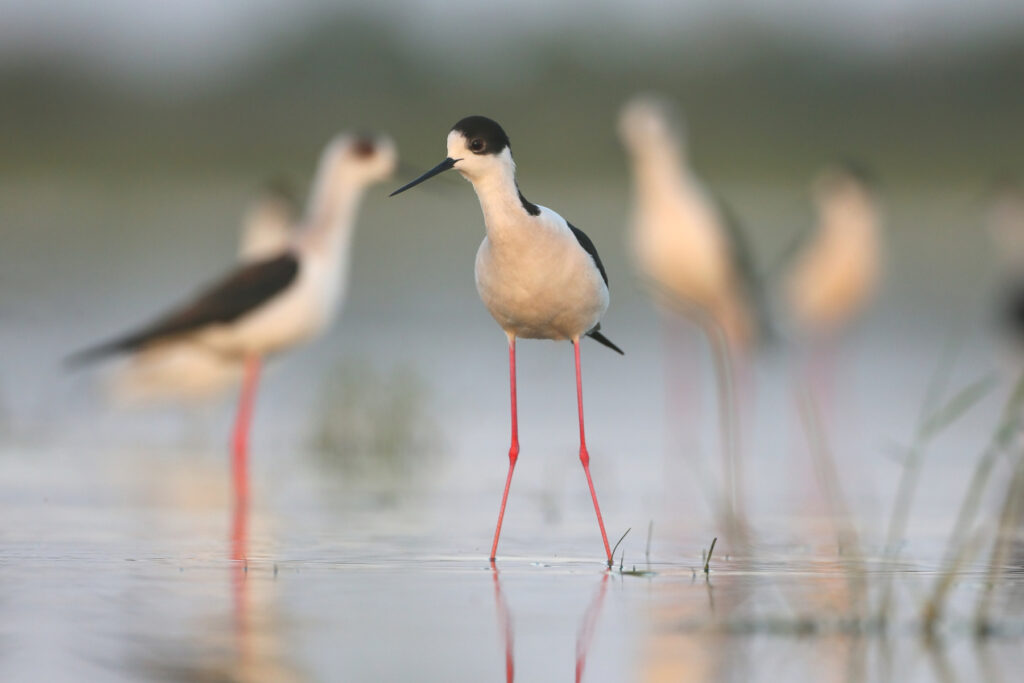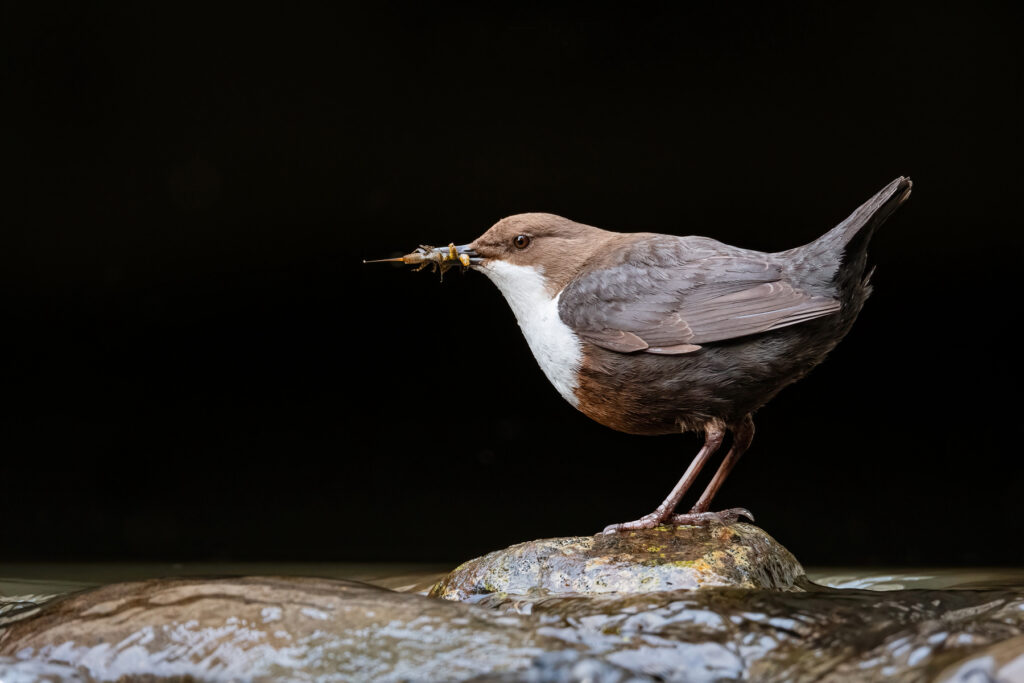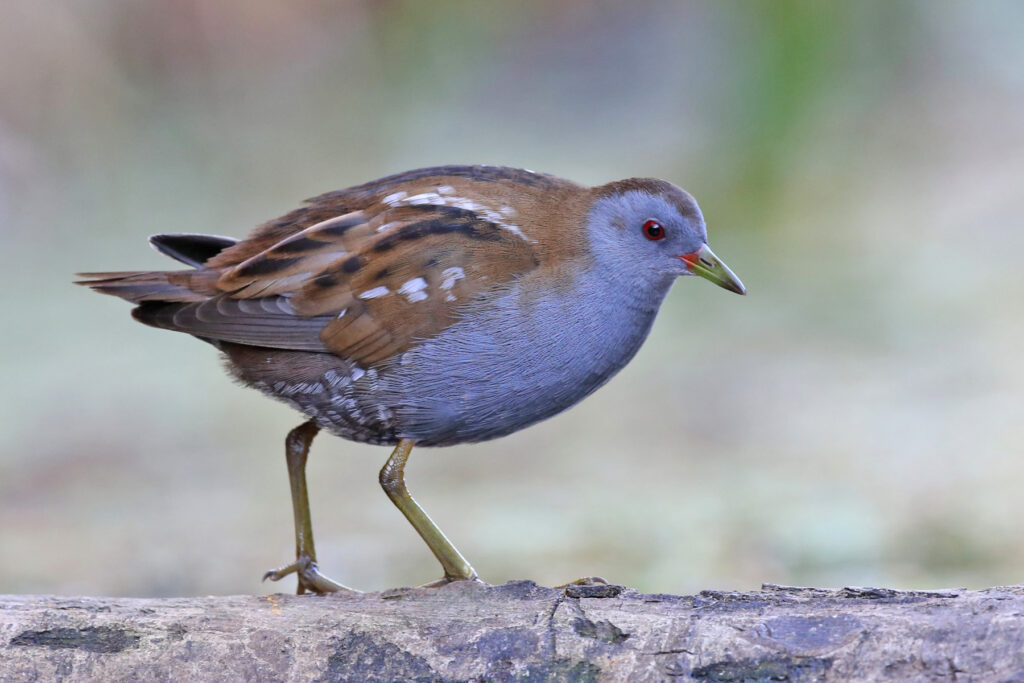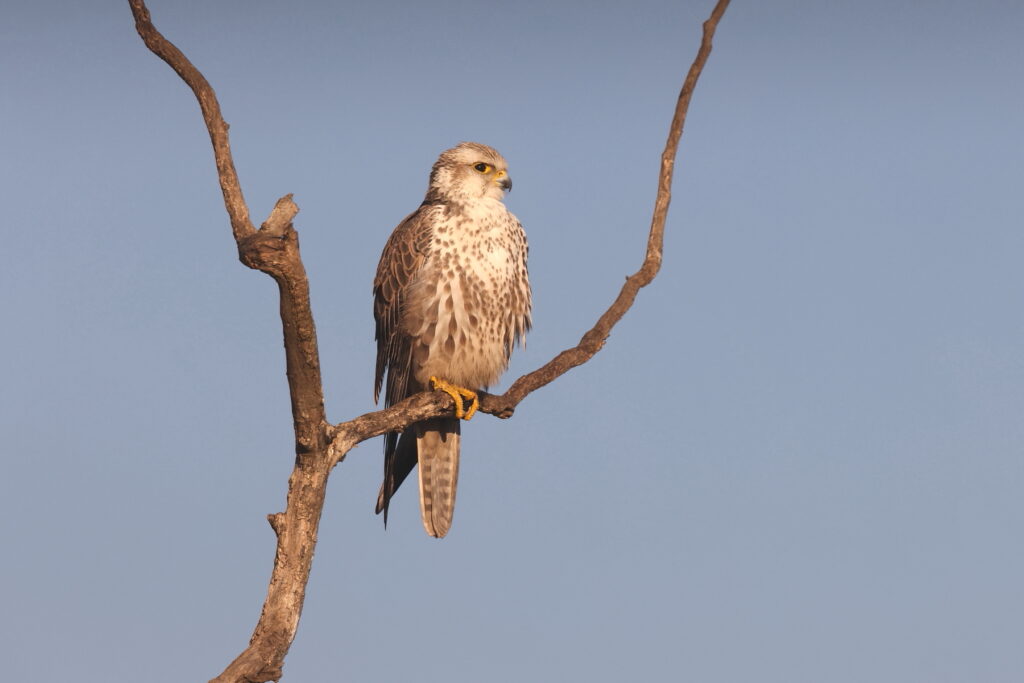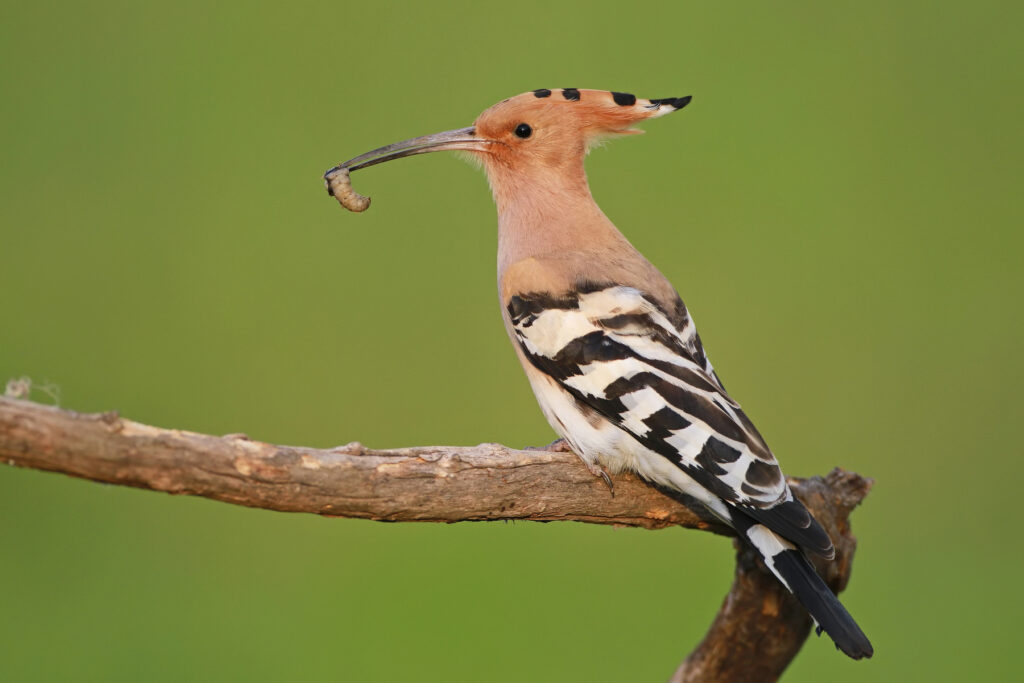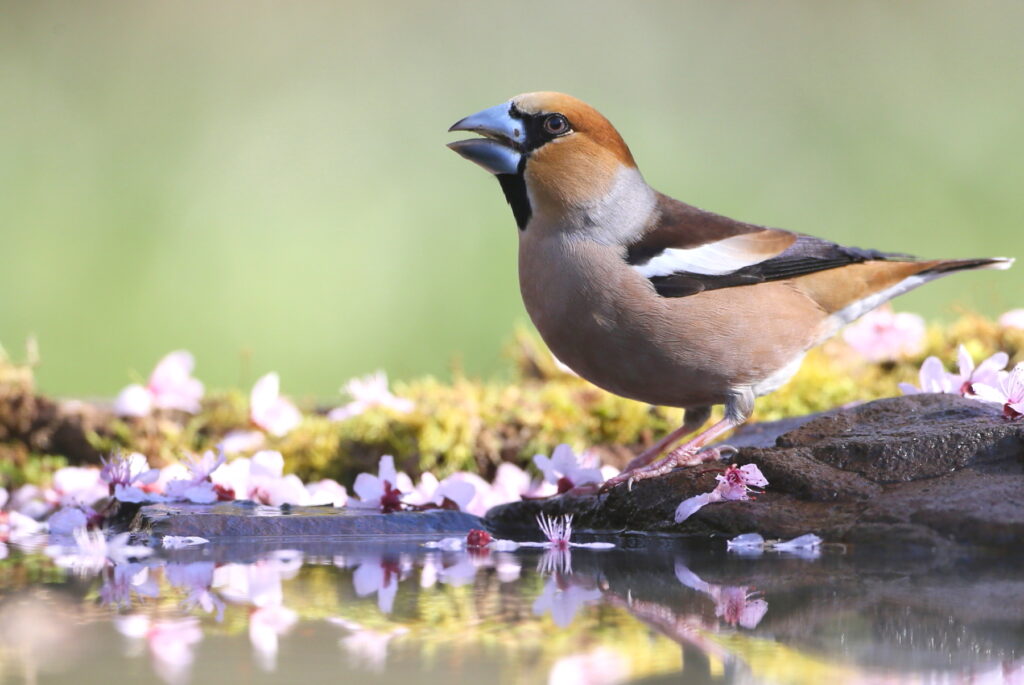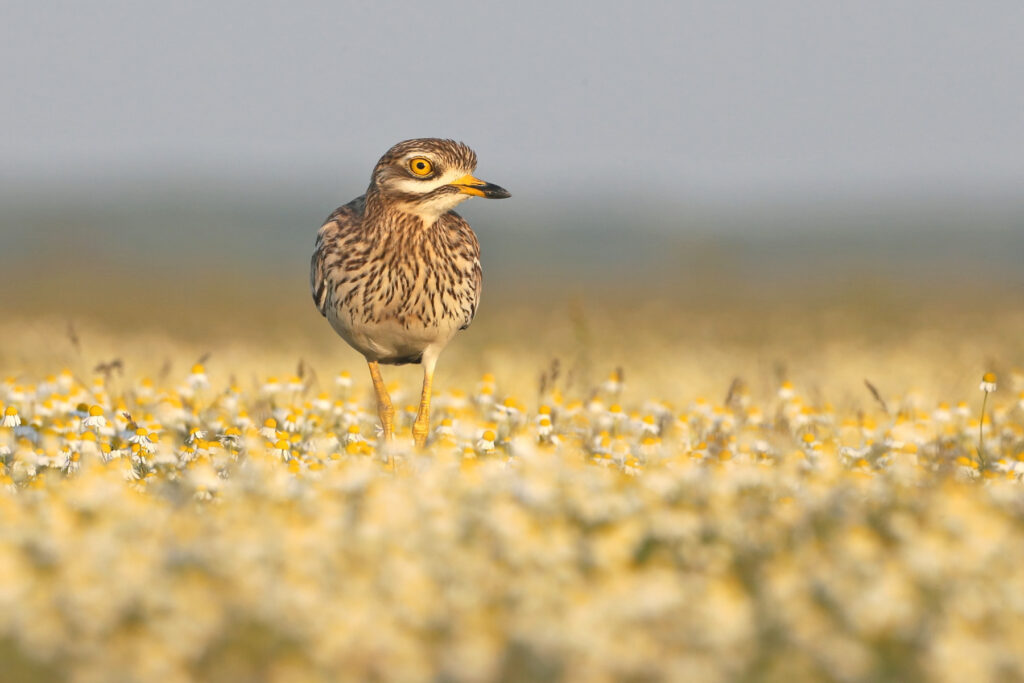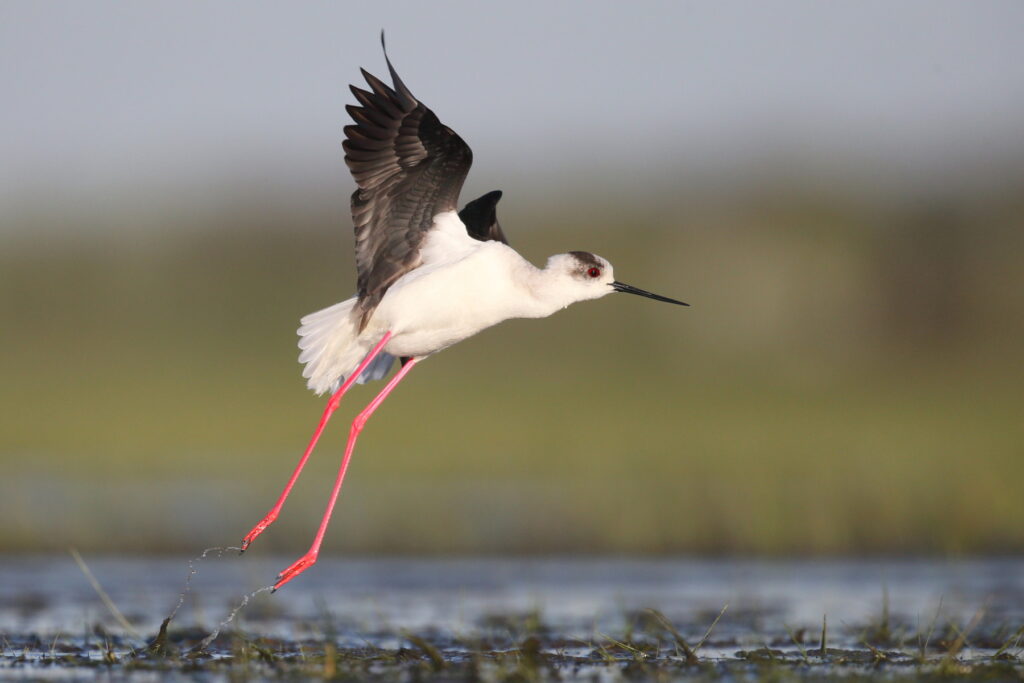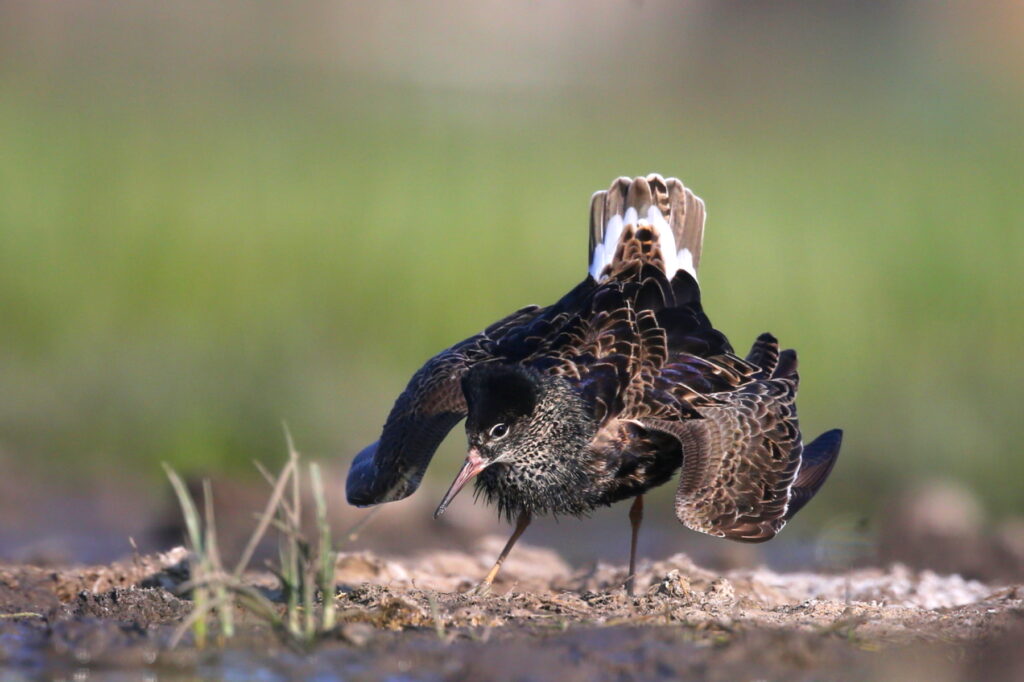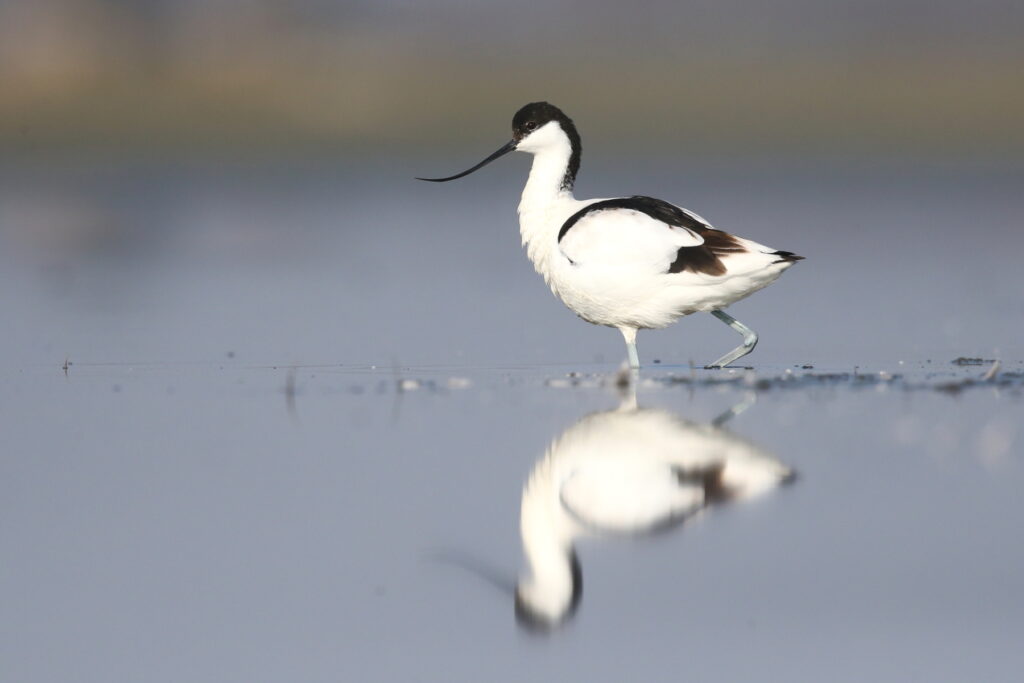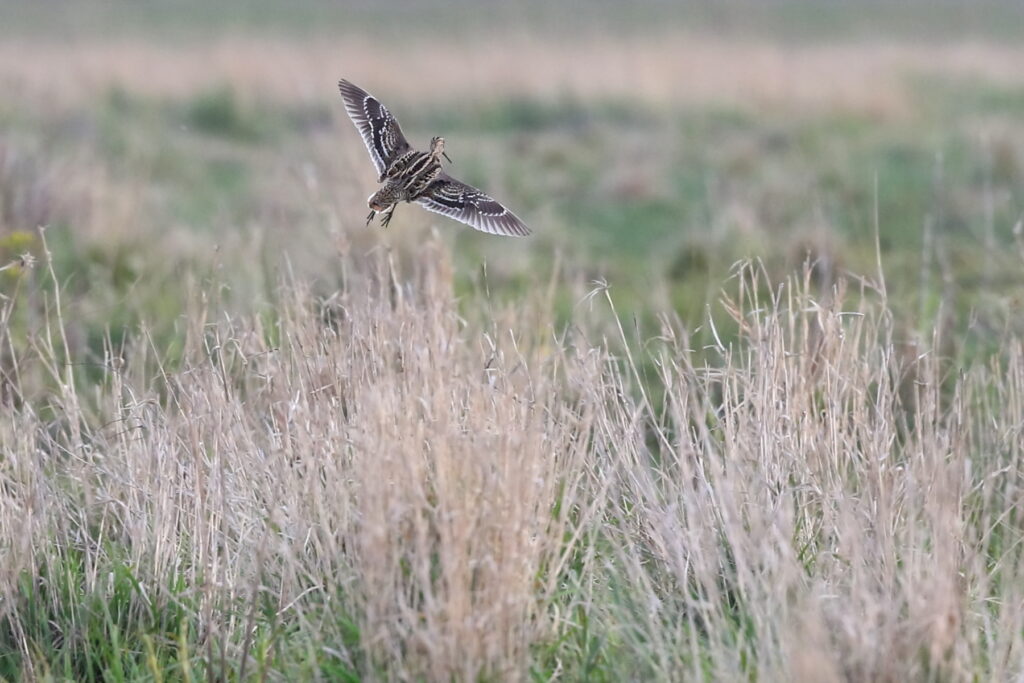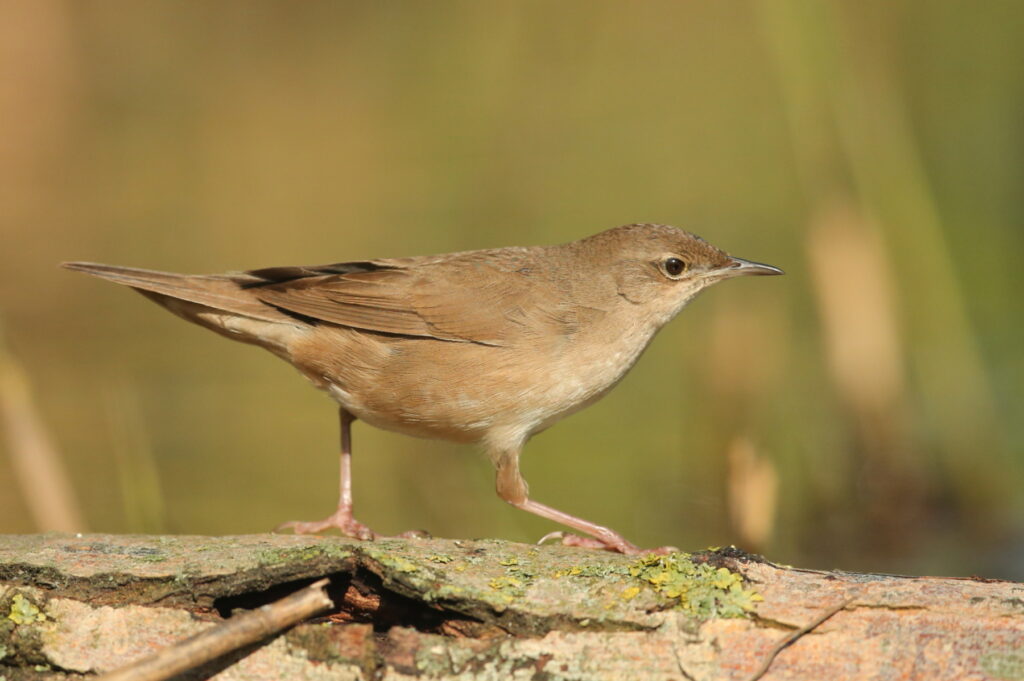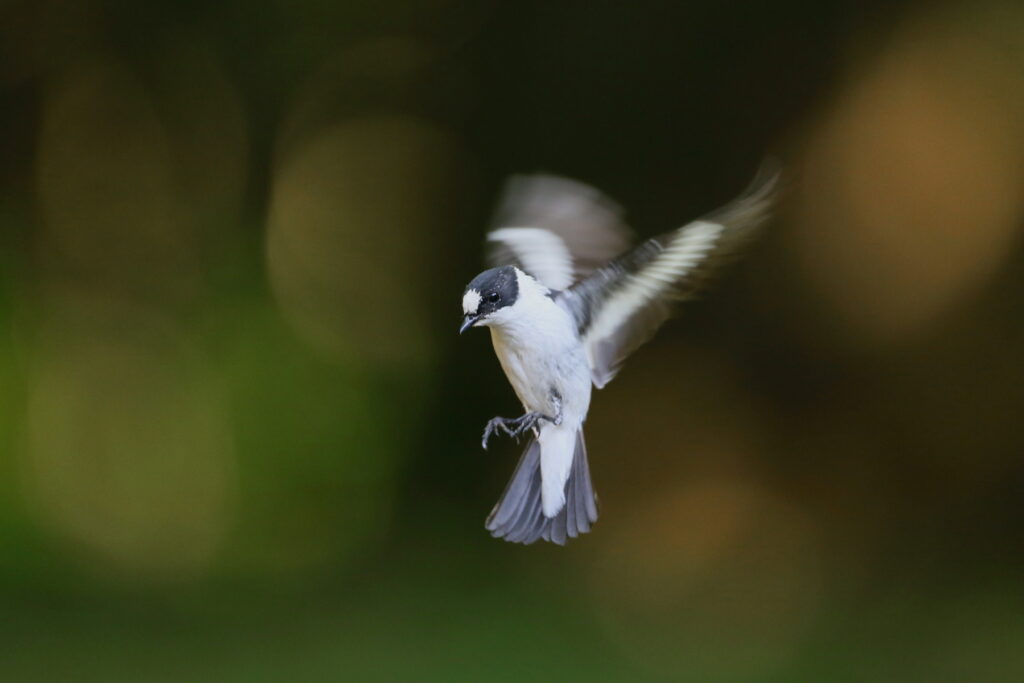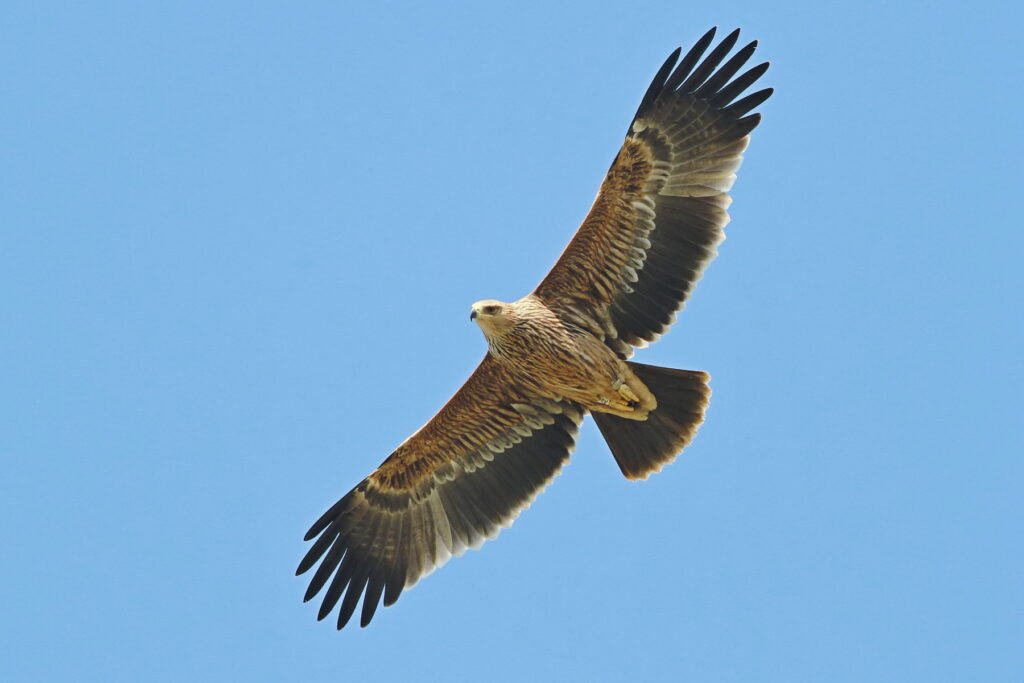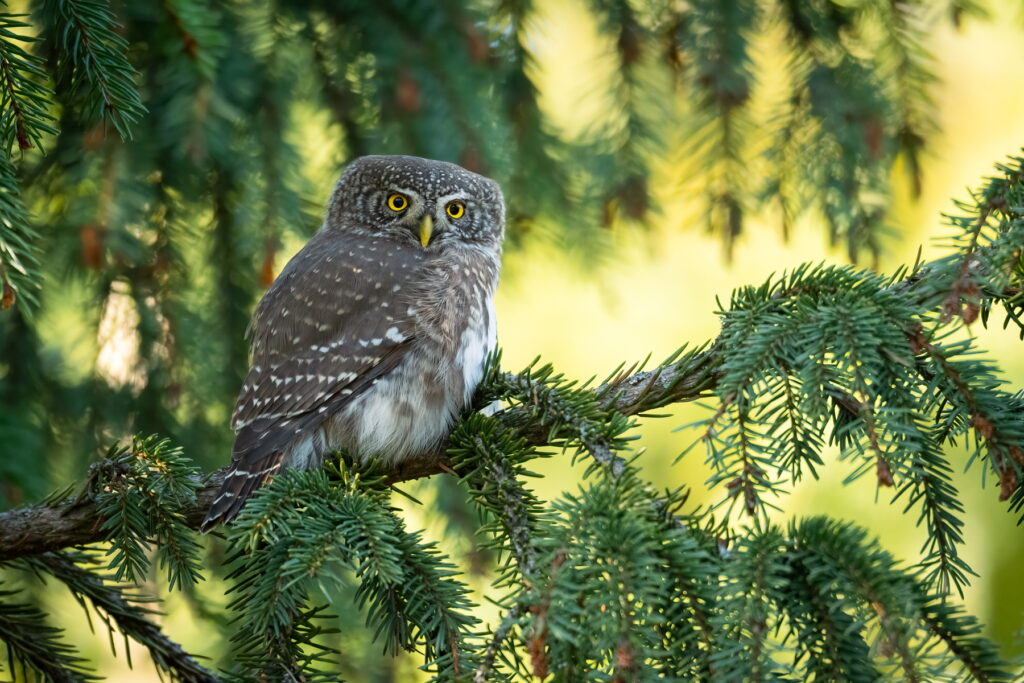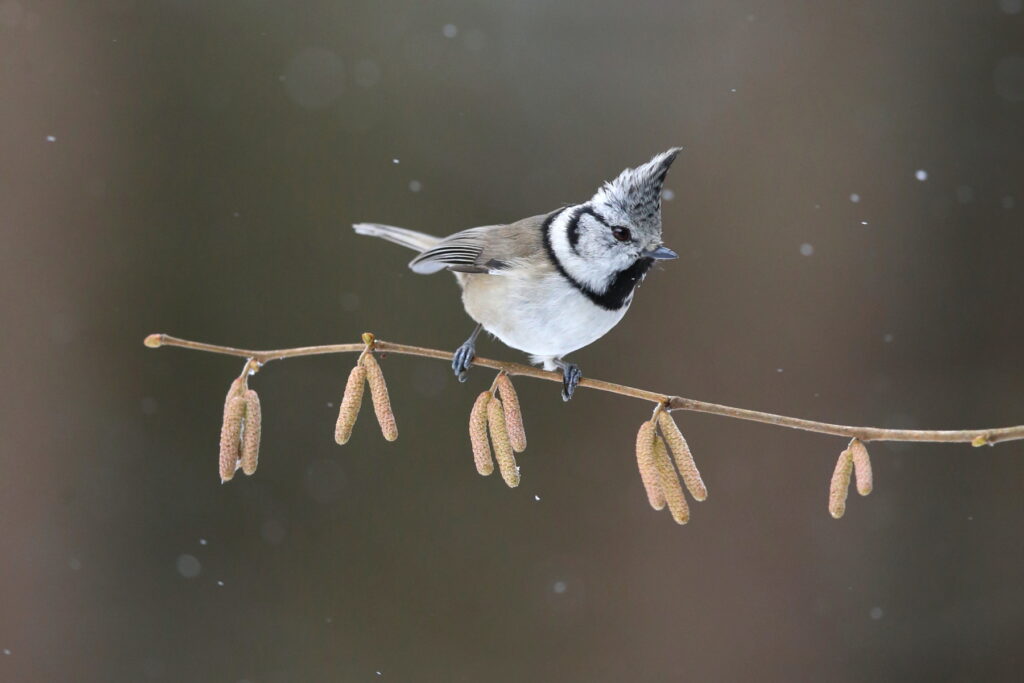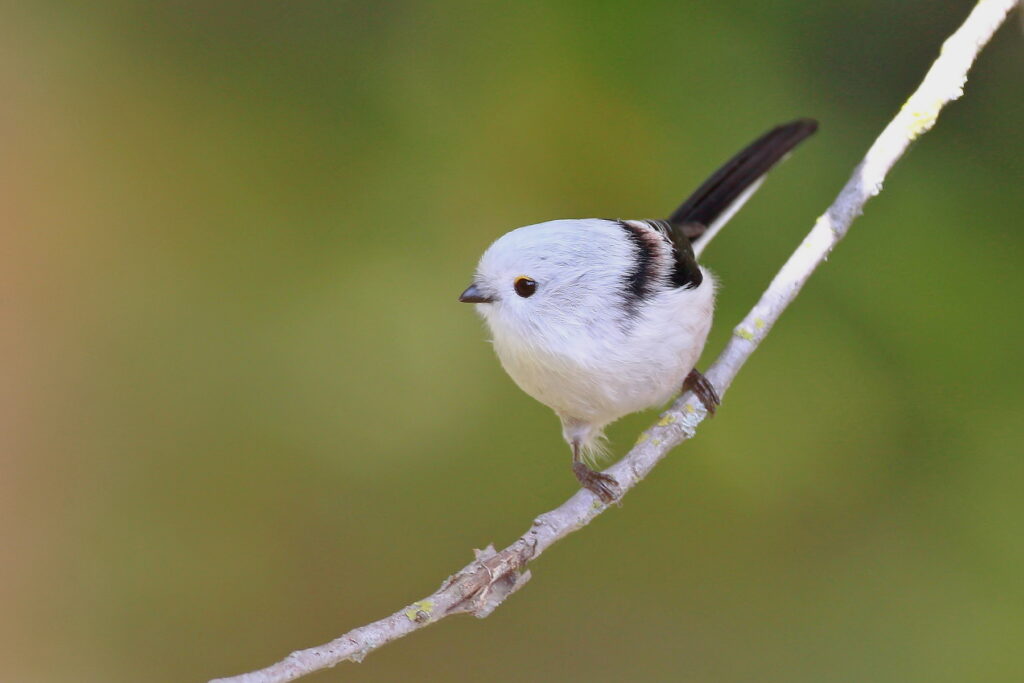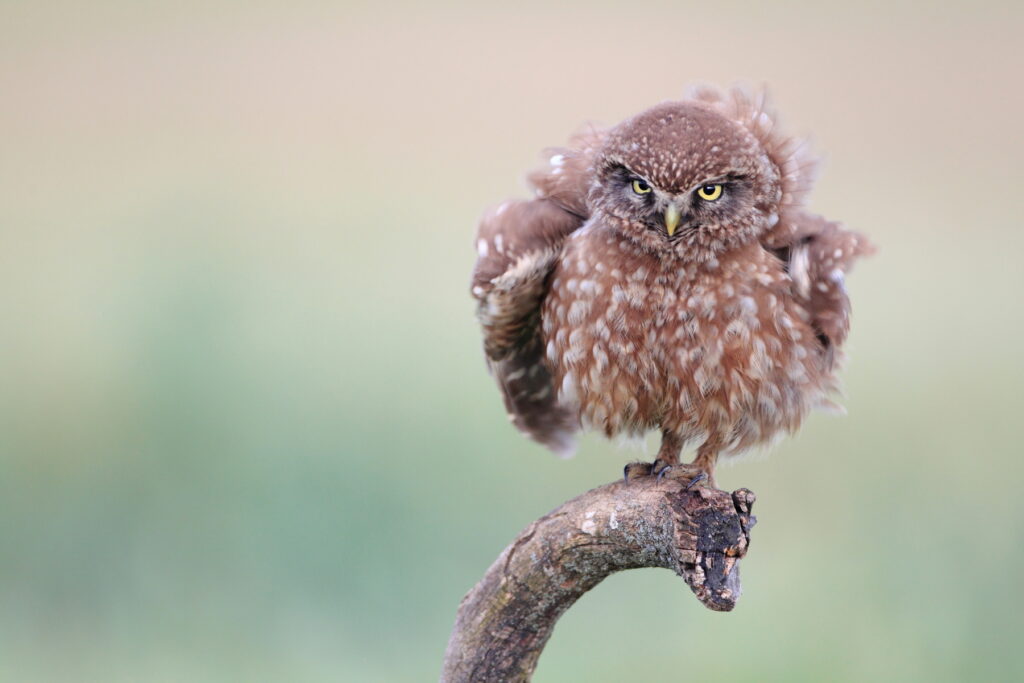Tour information
TOP TARGETS:
1) All European woodpeckers
2) Displaying Great Bustards
3) Eastern Imperial & Lesser Spotted Eagles
4) Little Crake
5) Good chance for Great Snipe and Jack Snipe
6) Saker and Red-footed Falcons
7) Good selection of owls (5-7 species) including Ural, Eagle and Pygmy
8) Eurasian Nutcracker
9) Collared & Red-breasted Flycatchers
10) Barred, Moustached, Marsh & River Warblers
Tour starting and ending time: It is important to book your flight according to the official starting and ending times of the tour! Our bus and guide will be waiting all participants in the Liszt Ferenc Airport at Budapest. Please make sure you can reach the starting point in time at 14:00 on the tour starting date! If you wish to arrive earlier to Budapest our office can help you to book accommodation and logistics. However if you arrive early you need to make your way to the airport for the meeting time. In some cases we can pick up clients from the nearby airport hotels (please check with our office). Also very important that the tour only ends at 16:00 on the last day so please do not book flights out of Budapest earlier than 18:00 on the last day!
The tour: Our new tour transects the Carpathian Basin and takes you to many of the important habitats of the region, with an emphasis on the breeding birds of the steppes and the Carpathian foothills and mountains. Raptors (Eastern Imperial, Golden and White-tailed Eagles, Long-legged Buzzard, Red-footed Falcon and Saker), owls (Eagle, Ural, Tawny, Long-eared, Pygmy and possibly Boreal), all ten European woodpecker species and a wide selection of warblers (Barred, Savi’s, River, Grasshopper, Moustached, Great Reed and Marsh) are the main focus of our tour. A great selection of other possible highlights can include: Pygmy Cormorant, Great Bustard, Hazel Grouse, Little Crake, Corncrake, Collared Pratincole, Great Snipe, Bluethroat, Red-breasted and Collared Flycatchers, Lesser Grey and Red-backed Shrikes and Rock Bunting.
Locations to be visited: Kiskunság National Park (1nt), World Heritage Hortobágy National Park (2nts), Zemplén Forest Reserve with the World Heritage Tokaj Wine Region (1nt) and Slovensky Raj National Park (3nts). We will start in the Kiskunság area but this can change according to the latest bird news!
Group Size: The tour is a guaranteed departure from 3 participants upwards with a maximum group size of 10 participants plus Sakertour leader.
Accommodation: Comfortable rural accommodation with great birding right outside our hotels in the Kiskunság area (1nt), in the Hortobágy area (2nts), in the Zemplén area (1 nt) and in the Ore Mountains (Slovenski Raj, 3nts). All rooms are en suite.
Meals: All are included in the price. The food is really tasty! Breakfast and dinner at the hotels. Lunches will either be taken at a traditional Hungarian inn (or csárda), or as picnics in the field. We supply bottled water.
Walking: In the Kiskunság and Hortobágy easy walks over flat terrain. In the Zemplén and Slovakia our walks are typically shorter, mostly along forest trails with moderate slopes, but all taken at a gentle pace. A few optional longer walks are also possible. Sturdy waterproof walking shoes are recommended. May weather can be mixed especially in the mountains, so pack waterproof walking boots and over trousers, just in case.
Travel: Budapest to Budapest. The type of vehicle for ground transport depends on the number of participants. Car for up to three persons and coach/minibus for four persons and above.
Expected bird list: 180-200 species
Price and Date
| Tour date: | May 3 ‒ May 10, 2025 |
Guaranteed departure | |
| Price from: | 1690 €/person |
| Deposit: | 400 €/person |
| Single room suplement: | 210 €/person |
| Availability: | Booking closed |
| Tour date: | May 2 ‒ May 9, 2027 |
| Price from: | 1830 €/person |
| Deposit: | 400 €/person |
| Single room suplement: | 210 €/person |
| Availability: | Places available |
|
Booking
|
|
Booking deposit: As soon as you fill out a booking form we will send you a deposit invoice and information of the final payment.
Cost includes:
- Budapest-to-Budapest all-inclusive
- All transportation throughout the tour
- All meals
- All accommodation
- All entrance fees
- Local guides
Cost excludes:
- International flight to Budapest
- Personal Travel Insurance
- Alcoholic drinks
- Services of personal nature (telephone calls, laundry etc.)
- Tips to guides
Trip reports
Detailed Itinerary
Day 1. From Budapest airport we will reach our first birding place in about one hour. We will definitely have time for some initial exploration of the area which is a mix of agricultural and grassy landscape. The wonderful mosaic of grasslands and farmlands are the stronghold of the biggest European flying bird, the Great Bustard. This will be our main target and we will visit the displaying area of this magnificent bird. Seeing one of these regal birds in the full ’foam bath’ display is certainly a trip highlight! One night in the Kiskunság area.
Day 2. Today we will start our birding in the northern part of the Kiskunság. Apart from the grasslands and agricultural areas there are several fishpond complex as well as permanent and temporary marshes. The reeds are alive with birdsong at this time of the year! Great Reed, Reed, Sedge, Savi’s and Marsh Warblers are common. Great White Egrets and Spoonbills, Little Egrets, Purple Herons and Night Herons also all inhabit the area. The unique Mediterranean Gull breeds on the islands of gravel ponds. There are hordes of migratory waders around the drained and freshly exposed mudflats. The huge feeding flocks are frequently disturbed by raptors such as White-tailed Eagle, Peregrine or even an Eastern Imperial Eagle. While exploring the various wetlands we will certainly see Bearded and Penduline Tits. We will have a fair chance on the declining Grey Partridge and also Eurasian Stone-curlew, while Hoopoe and European Rollers are still relatively common. After lunch we will drive towards the famous Hortobágy National Park. The journey usually takes up to three hours but we will break the drive several times. One will be the paddy fields close to the southern edge of the Hortobágy, where amongst the breeding plumaged waders we might find some elegant Collared Pratincoles. The next stop will be for the mighty Saker Falcon. Several pairs breeds in the Hortobágy area and we will make sure to track down this amazing raptor. Two nights in the Hortobágy area.
Day 3-4. The steppes of this World Heritage area represent the western fringes of the Asian ‘artemisia’ steppes and thus are unique in Europe. Hungarian Grey Long-horned Cattle and the strange Racka Sheep with their long twisted horns can be seen on the grasslands, recalling the atmosphere of the Asian steppe. This grassy area mixed with natural and artificial wetlands is one of the greatest birding Meccas in Europe. Birds are mostly similar to the Kiskunság area and we will concentrate on the species we missed or not very possible there. We will visit a breeding site of the magnificent Red-footed Falcon, a very special raptor as it breeds in colonies. Naturally these colonies are in rookeries as the falcons use the rooks’ abandoned nests. Recently with the help of artificial nest boxes the population is happily on the increase. Next to the colony a healthy population of European Ground Squirrel exist and these small mammals are the main prey item of Long-legged Buzzard, Eastern Imperial Eagle or even Saker Falcon. We will also visit some wetlands where the secretive Little Crake, Moustached Warbler, the lovely Bluethroat or even a scarce passage migrant Great Snipe can be found. All three marsh tern species are possible at this time of the year, even if the nomadic White-winged Terns happen not to be breeding. Our midday lunch in a restaurant is always a nice way to find some shade from the strong sun for an hour or so. We visit some other fishponds alive with shorebirds, ducks, terns, egrets, herons and we will search here for Black-necked and Red-necked Grebes as well as Ferruginous Duck. In the noisy cormorant colony we can observe the Pygmy Cormorant, which now numbers over 300 breeding pairs. After this action-packed day we will head to our next destination, the Zemplén Hills. One night in Zemplén Hills.
Day 5. Zemplén is a quiet and forested landscape, the foothills of the Carpathians. The wonderful mosaic of small rounded peaks, forested slopes, beautiful valleys and rivers meandering through a countryside dotted with tiny villages and castles, creates an atmosphere of peace and tranquillity. Oak and beech woods cloak the northern slopes, coniferous forests cover the tops, and the vineyards of the famous Tokaj wine stretch away out to the south. Dramatic Carpathian castles are a feature of the area and represent a transition between the medieval fortresses and the later baroque castles. In the protected tranquil old forests of the Zemplén valleys lives the surprisingly small-eyed and long-tailed “Carpathian” Ural Owl (here the distinct, sooty-faced macroura race). We can often only see this perfectly camouflaged bird when our guide puts the telescope on an owl sitting quietly in the dense canopy. We can often examine the impressive bird in daylight for as long as we want. However, there are many more birds around. Black, Lesser Spotted, Middle Spotted, Great Spotted, White-backed and Grey-headed Woodpeckers are all found in these forests while Green and Syrian Woodpeckers can be found near the settlements. In the abandoned small and middle sized holes Collared Flycatchers have already started nesting and Hawfinches are around the clearings. At the end of the day, coming back from the forest to the hotel we stop at the floodplain meadows of River Bodrog where the first Corncrakes have already started to call and the Barred Warblers and River Warblers are in full song. We will also visit an abandoned quarry to look for the Eurasian Eagle Owl. Common Nightingale is particularly numerous in the area and Bee-eaters are already arrived in the quarry’s steep clay walls. Raptors are also abundant in the area and include Lesser Spotted, Short-toed and Eastern Imperial Eagles as well as Honey Buzzard. In the late afternoon we cross the border into nearby Slovakia. We will have three nights near Zadiel Gorge.
Day 6-7. Our birding efforts here will be centred on the Érc (Ore) Hills and in the Slovenski Raj National Park. This is sub-alpine landscape with more pine-covered hillsides and is generally higher than the Zemplén Hills. The rushing streams are the home of Dippers and Fieldfares breed in the village gardens. One of our main targets is the skulking Hazel Grouse and although we should consider ourselves lucky to see this elusive chicken, the area has a very high density of them. If we are even luckier, we could bump in a Western Capercaillie too. Eurasian Pygmy Owl and Tengmalm’s (Boreal) Owl both inhabit these superb forests and certainly our prime targets for this area. Over the years we have invested in an extensive owl nest box scheme for Tengmalm’s (Boreal) Owl but it is still very much dependent on the rodent supply of the year if we have any of them in our nest boxes. If the rodent population is good they breed in good numbers but if not only a few pairs breed and can be very hard to locate. We will also have chance to see the distinct alpinus race of Eurasian Three-toed Woodpecker, which breeds in the mixed or coniferous forests of central and southeast Europe. This is potentially our tenth species of woodpecker and a clean sweep on all the breeding members of this family in Europe. Black Stork, Goshawk and Lesser Spotted Eagle are all regular sights in the sky over the forests and other possibilities include Eurasian Woodcock, Grey Wagtail, Firecrest, Crested Tit, Willow Tit, Bullfinch and Crossbill. We will alsocheck one of the old beech forests where the secretive Red-breasted Flycatcher is still numerous.
Day 8. On our last morning we will concentrate any birds we still need to see. Often one of the late arrivals such as the River Warbler. On the way to Budapest we will also visit a colony of European Bee-eaters. Later we make our way to the airport for a late afternoon departure back to home.

